The next time you take a seat on your own private porcelain throne: be grateful. You have privacy, toilet paper, and the streets don't reek of feces. Toilets have come a long way from their dirty, breezy, communal origins.
Poop like an Egyptian

The earliest humans in hunter-gatherer society would have just gone au naturale out in the woods.
But once cities started becoming a thing, the elite needed to figure out a way to keep all that human waste out of their way. The ancient Egyptians were among the first to appoint designated pooping spots for the wealthy. They even concocted some of the world's first toilet seats—these little keyhole numbers that required a lot of aim and left a lot of mess for the next person to sit in.
Group peeing with the Romans
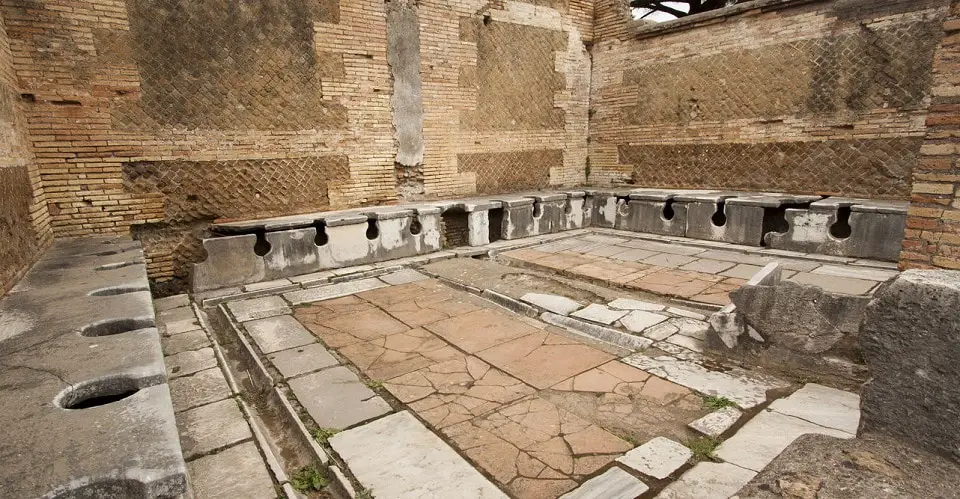
The Romans apparently liked to do everything together. Public toilet rooms were common throughout the cities of the empire. To wipe, they also had a communal sponge in a bucket of saltwater that was passed around.
What's more, the toilets in the nicer parts of town were often built over streams that could flush away the waste that went into them and smelled somewhat clean. In the not-nice places however, anything goes and the streets were filled with every kind of refuse imaginable.
Medieval castle toilet booths
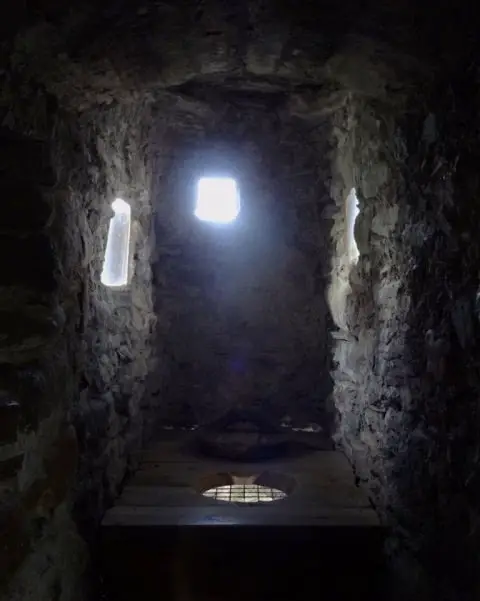
See a little room hanging off the tower of a castle? Maybe it's one of its toilets—allowing gravity to take your number two directly outside.
The real throne in the castles
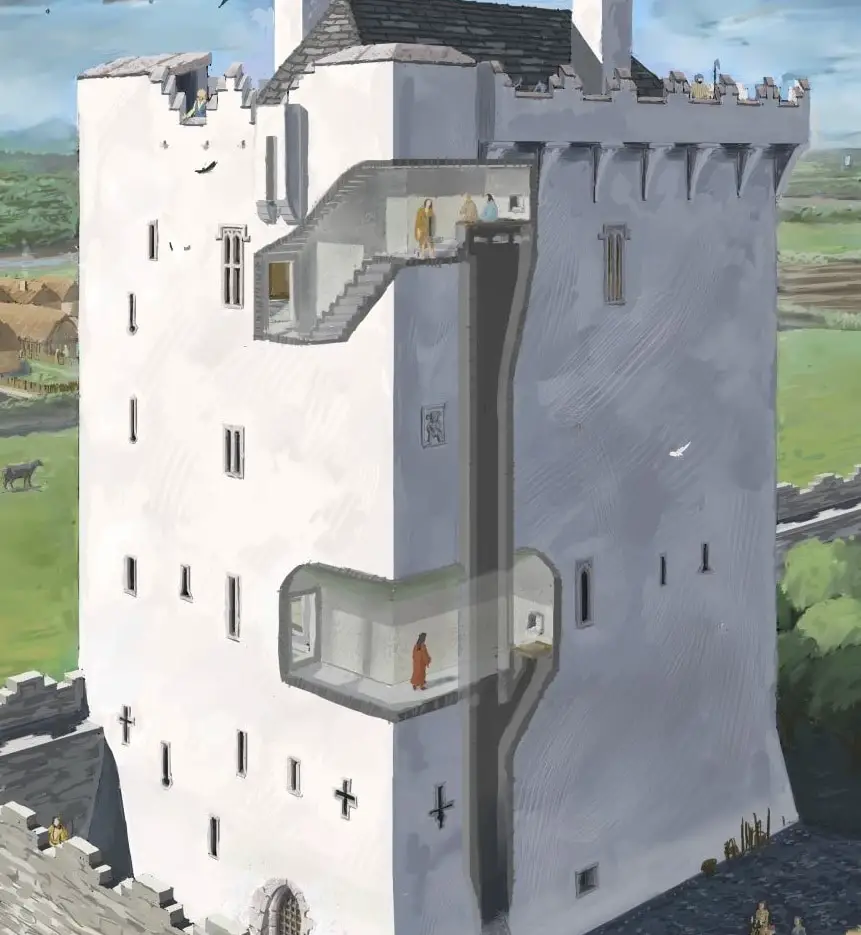
And here's an internal one. If you were lucky there'd be some grass to use as toilet paper. If you were unlucky—you'd be sitting on it when it was used by invading raiders or thieves. As disgusting as it is, the large plumbing tunnels wending through castles and emptying out into cesspits were possible entrances and exits for those needing to pull a "Shawshank Redemption."
The literal can
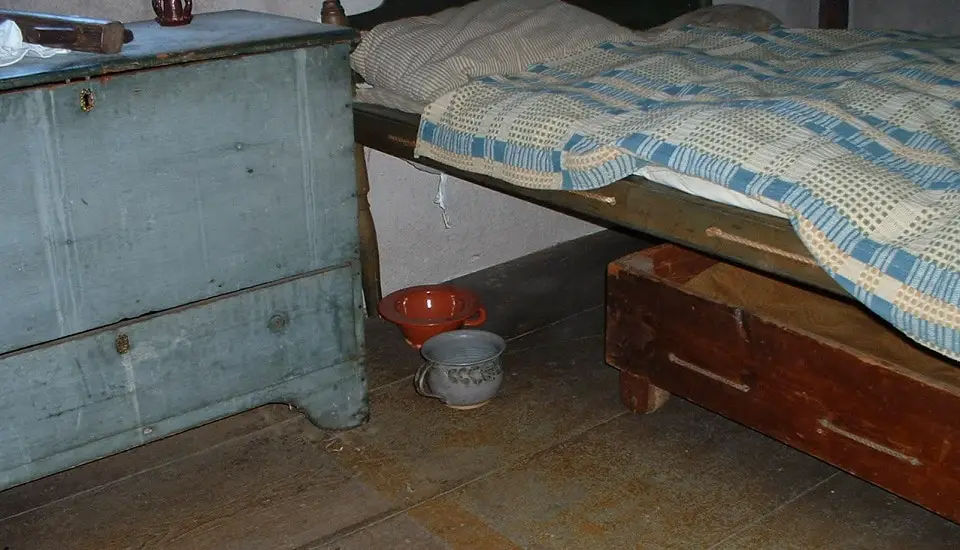
For the majority not allowed in the fancy castle restrooms (and even for the lazy who were), there was the chamber pot.
You know the bedpan people have to use in the hospital or your grandma uses in the retirement home—it was like that. But all the time. And it literally lived under your bed when you weren't using it.

Once the chamber pot was filled, it was tossed out the window. Which made the streets of cities dangerous and dirty places to be for anyone, including royalty. Much to his servants' horror, King Louis IX of France once had a chamber pot emptied on his head while he road through the streets of Paris on his way to church.
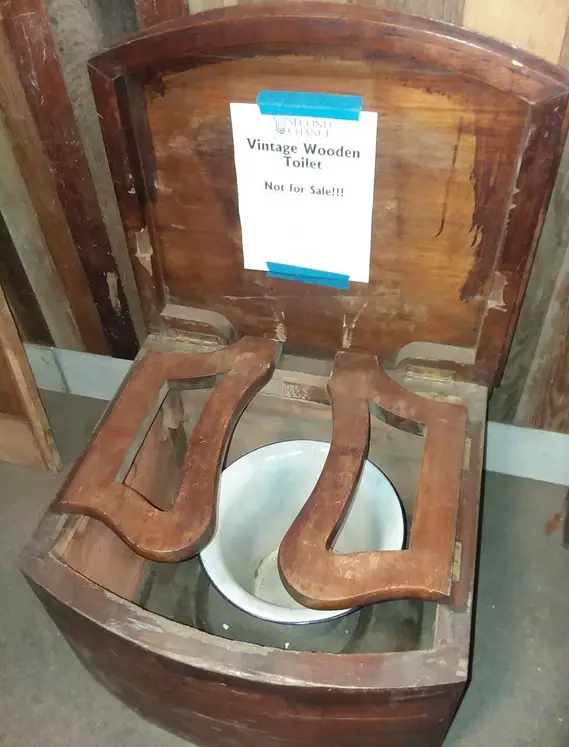
Flushing it all away
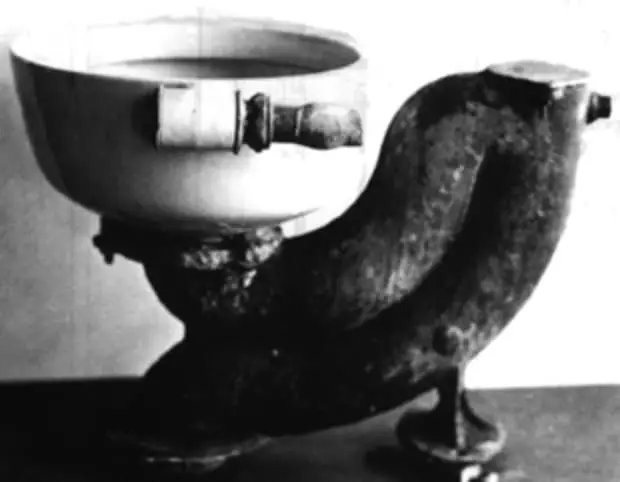
You have have heard that the flush toilet was invented by Thomas Crapper, but he was merely the person who would popularize it (and in fact, the famed Victorian plumber doesn’t even get credit for the term “crap” -- it was in use well before he was in nappies). The first flush toilet belonged to Queen Elizabeth I in the 16th century and was designed by her godson Sir John Harington.
She refused to use it, but the design slowly gained steam throughout Europe regardless of the royal trendsetter's negative opinion. Via Toiletology (there is such a thing, of course):
Historians date the first mention of a flush toilet back to 1596, when the godson of Queen Elizabeth I, Sir John Harington, described it in writing. According to his description, the toilet was an oblong bowl that was two feet deep and waterproofed with a mixture of pitch, resin, and wax.
The water for the toilet came from a cistern on the upper floor of Harington’s residence, and one flush took 7.5 gallons of water. Harington had a device like this built for Queen Elizabeth I’s palace, although common folk didn’t take to the flush toilet until a couple of hundred years later.
After the Industrial Revolution hit, the elite were suddenly interested in hygiene, and toilets were one of their new favorite things. By the reign of Queen Victoria, they'd started to enter the homes of businessmen. Concerningly, many of the middle class toilets installed during this period had a scary tendency to explode because of poor plumbing issues. The methane from their clogged toilets would build up and go boom when it hit an open flame (i.e. any form of lighting then in use).
Victorian politeness
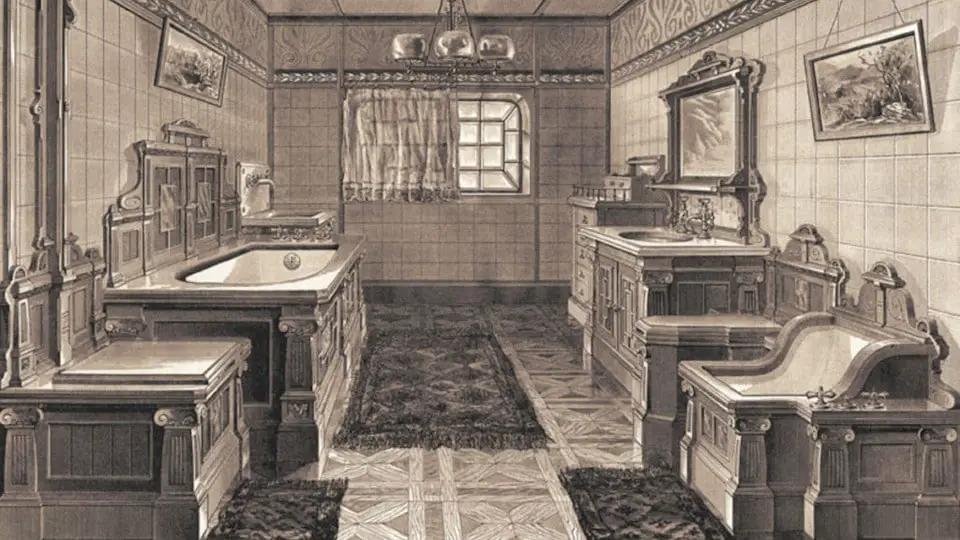
In an effort to make peeing polite, the Victorians institutionalized the restroom (and added on the tinge of bathroom embarrassment into the western psyche).
They concocted grand Hogwarts-like public restrooms for the gentleman's usage. But on the hard streets of the industrial cities, human waste was still much in smelly evidence.
The outhouses of the old West
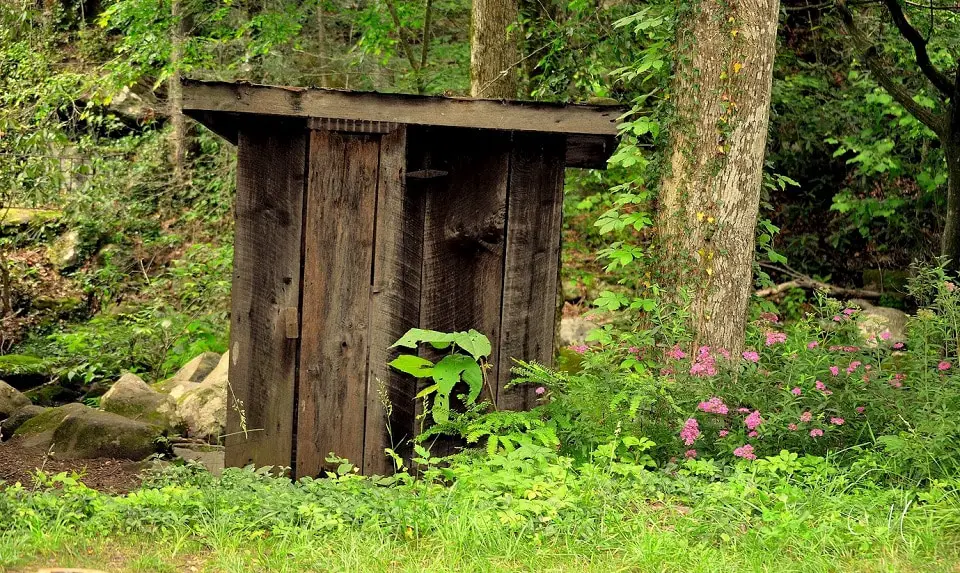
Like their English counterparts, wooden outhouses at the bottom of the garden were the primary go-to places to go. Those wooden shacks you associate with cowboys weren't just in westerns. They were for everyone who hadn't struck it rich in the New and Old Worlds.
It's really only since the 1970s that individual toilets inside houses have become ubiquitous in most homes on both sides of the pond. And even then, in Europe its still not unheard of to have only one shared bathroom per floor in apartment buildings and cheap hotels.
The beach
48% of Indians do not have access to proper sanitation, and many will relieve themselves in the streets or on the beach. Indian political parties often pledge to end this open defecation, but headway is slowly made.
The international squatty potty
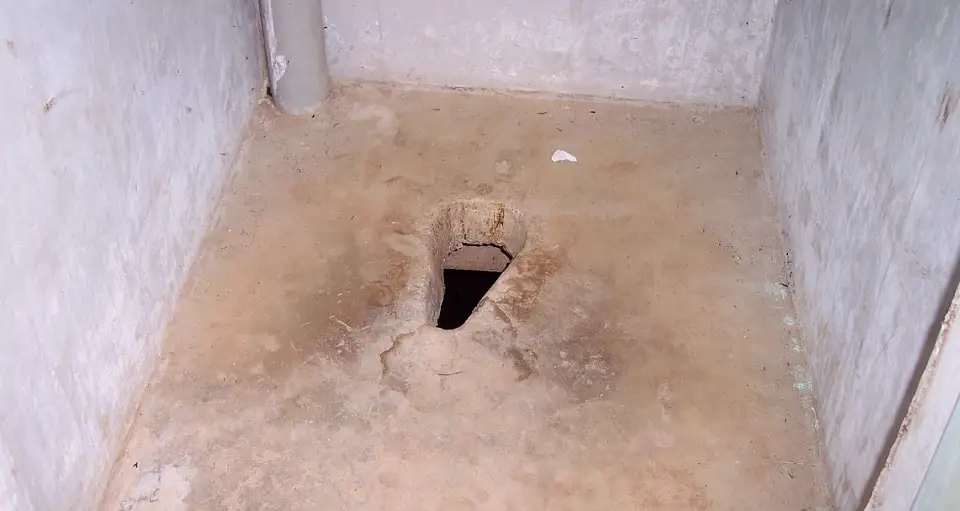
The toilet as we know it today is a supra-western world kind of thing.
Almost everyone else in the modern world favors other ways to go to the bathroom. Most of which involve squatting over something. If you're lucky, its one of these nice squatty potties with feet grips to keep you steady. The rest of the world isn't super keen on this newfangled toilet paper business either (though they'll usually try to have some for western tourists).
Most places don't have plumbing systems that can handle paper clogs, so they use special water hoses and bidets to clean their behinds instead.


